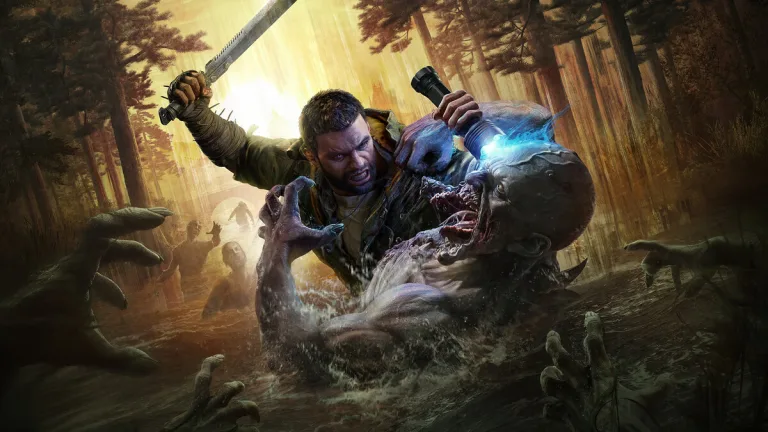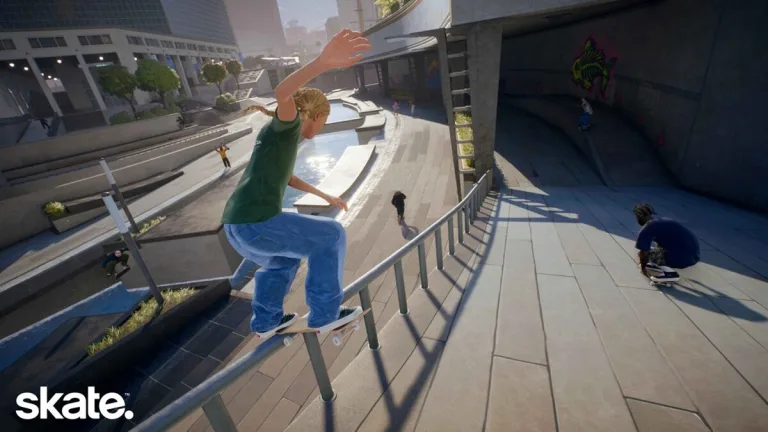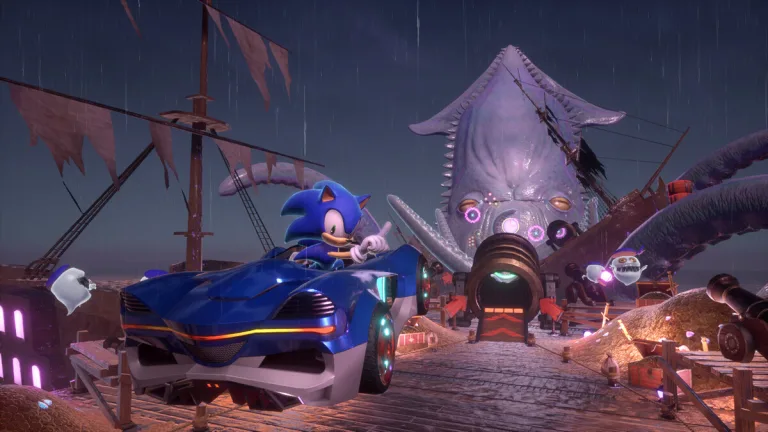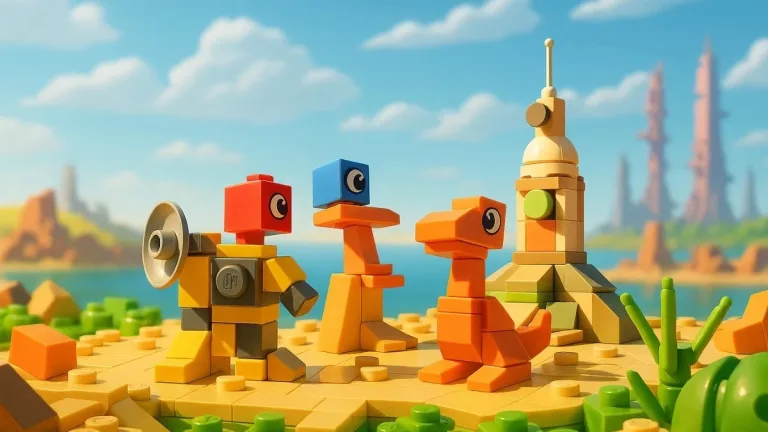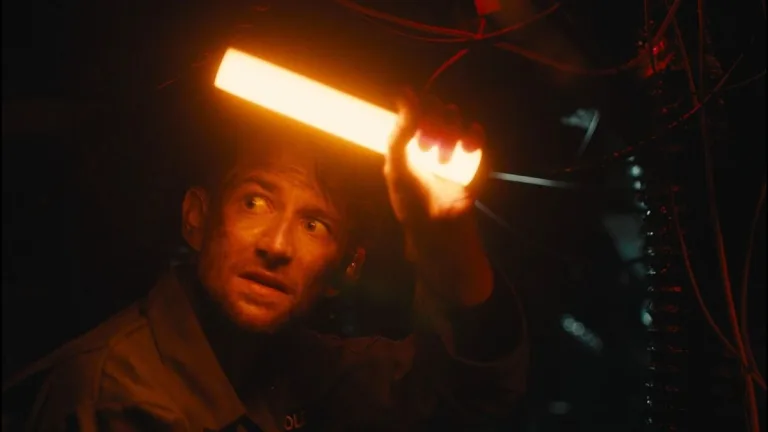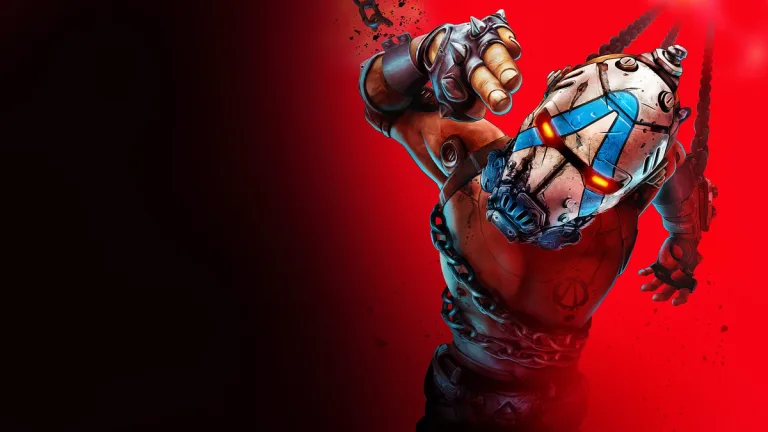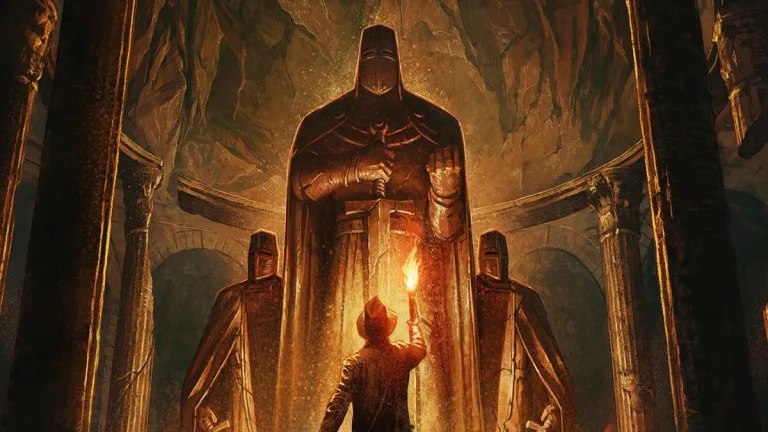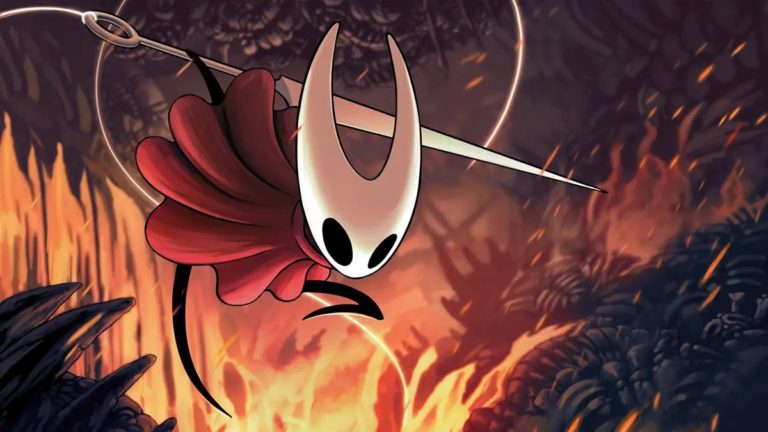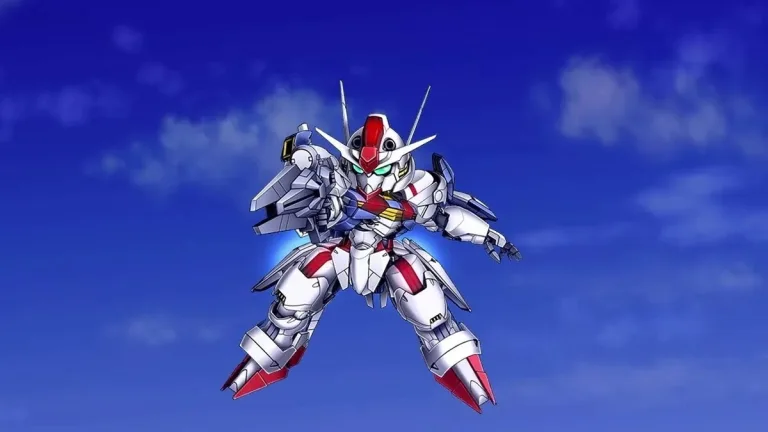To celebrate the 10th anniversary of the Dying Light franchise, Techland delivers what many already consider its...
CyberBoxTV
Spanish Video Games Outlet News, Reviews, Podcast, Streaming. Member of PRCA,CCA
The roguelike genre has gained great popularity in recent years, delivering memorable experiences while also dividing players....
After years of absence, the Skate franchise is back, this time reimagined as a live-service title that...
Sonic games have always stood out for bringing something new with each release while staying true to...
For years, Lego video games have followed a very specific formula. It wasn’t until the company decided...
In recent years, we’ve seen a rise in video games that feel more like interactive movies, where...
The Borderlands franchise has remained a staple among gamers for the past 16 years, helping redefine what...
Indiana Jones returns in The Order of Giants, a downloadable content expansion for The Great Circle that...
After a seven-year wait, the long-anticipated sequel to Hollow Knight finally arrives: Silksong, an indie title that...
The Super Robot Wars franchise has been around for over 30 years in Japan, with more than...


